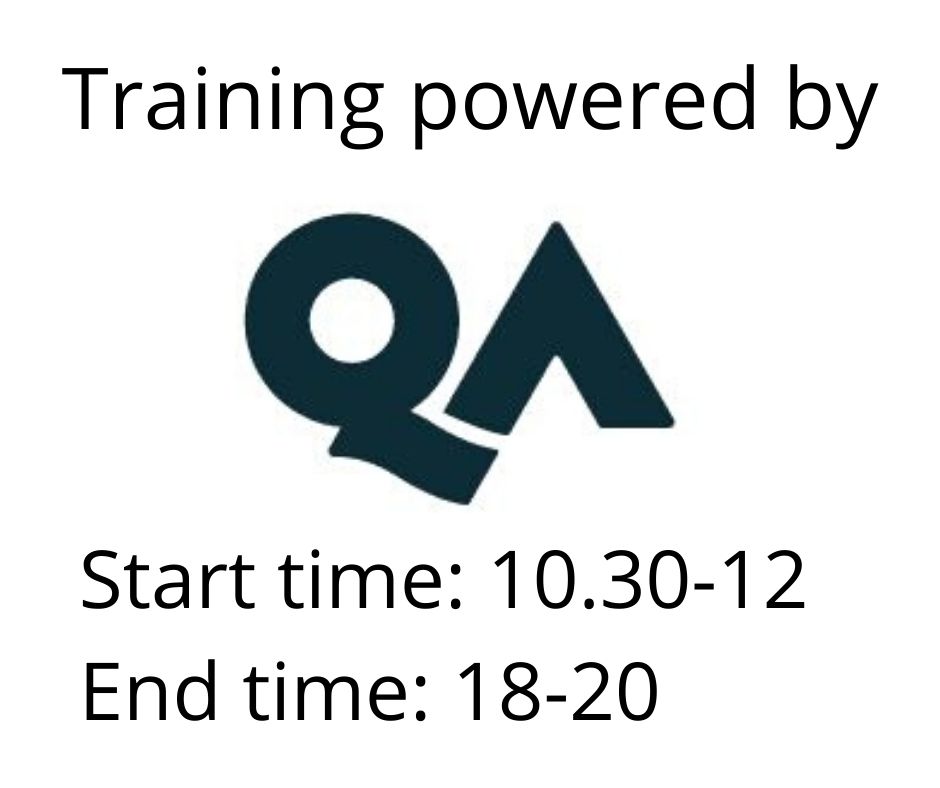Architecting with Google Compute Engine
This three-day instructor-led class introduces participants to the comprehensive and flexible infrastructure and platform services provided by Google Cloud Platform. Through a combination of presentations, demos, and hands-on labs, participants explore and deploy solution elements, including infrastructure components such as networks, systems and applications services. This course also covers deploying practical solutions including securely interconnecting networks, customer-supplied encryption keys, security and access management, quotas and billing, and resource monitoring.
This class is intended for the following participants:
Cloud Solutions Architects, DevOps Engineers.
Individuals using Google Cloud Platform to create new solutions or to integrate existing systems, application environments, and infrastructure with the Google Cloud Platform.
Training formats
Remote
Duration
3 days
Price
3523 €
This course will familiarize you with Google Cloud's flexible infrastructure and platform services, with a specific focus on Compute Engine. This session uses a combination of lectures, demos, and hands-on labs to explore and deploy solution elements, including infrastructure components like networks, systems, and application services. You'll also learn how to deploy practical solutions such as secure interconnecting networks, customer-supplied encryption keys, security and access management, quotas and billing, and resource monitoring.
Audience:
- Cloud Solutions Architects, DevOps Engineers.
- Individuals using Google Cloud Platform to create new solutions or to integrate existing systems, application environments, and infrastructure, with a focus on Compute Engine.
Learning outcomes
- Configure VPC networks and virtual machines
- Administer Identity and Access Management for resources
- Implement data storage services in GCP
- Manage and examine billing of GCP resources
- Monitor resources using Stackdriver services
- Connect your infrastructure to GCP
- Configure load balancers and autoscaling for VM instances
- Automate the deployment of GCP infrastructure services
- Leverage managed services in GCP
Prerequisites
- Have completed Google Cloud Platform Fundamentals: Core Infrastructure or have equivalent experience.
- Have basic proficiency with command-line tools and Linux operating system environments.
- Have systems operations experience, including deploying and managing applications, either on-premises or in a public cloud environment.
Course Content
Module 1: Introduction to Google Cloud
- List the different ways of interacting with Google Cloud.
- Use the Cloud Console and Cloud Shell.
- Create Cloud Storage buckets.
- Use the Google Cloud Marketplace to deploy solutions.
Module 2: Virtual Networks
- List the VPC objects in Google Cloud.
- Differentiate between the different types of VPC networks.
- Implement VPC networks and firewall rules.
- Implement Private Google Access and Cloud NAT.
Module 3: Virtual Machines
- Recall the CPU and memory options for virtual machines.
- Describe the disk options for virtual machines.
- Explain VM pricing and discounts.
- Use Compute Engine to create and customize VM instances.
Module 4: CloudIAM
- Describe the Cloud IAM resource hierarchy.
- Explain the different types of IAM roles.
- Recall the different types of IAM members.
- Implement access control for resources using Cloud IAM.
Module 5: Storage and Database Services
- Differentiate between Cloud Storage, Cloud SQL, Cloud Spanner, Cloud Firestore and Cloud Bigtable.
- Choose a data storage service based on your requirements.
- Implement data storage services.
Module 6: Resource Management
- Describe the cloud resource manager hierarchy.
- Recognize how quotas protect Google Cloud customers.
- Use labels to organize resources.
- Explain the behavior of budget alerts in Google Cloud.
- Examine billing data with BigQuery.
Module 7: Resource Monitoring
- Describe the services for monitoring, logging, error reporting, tracing, and debugging.
- Create charts, alerts, and uptime checks for resources with Cloud Monitoring.
- Use Cloud Debugger to identify and fix errors.
Module 8: Interconnecting Networks
- Recall the Google Cloud interconnect and peering services available to connect your infrastructure to Google Cloud.
- Determine which Google Cloud interconnect or peering service to use in specific circumstances.
- Create and configure VPN gateways.
- Recall when to use Shared VPC and when to use VPC Network Peering.
Module 9: Load Balancing and Autoscaling
- Recall the various load balancing services.
- Determine which Google Cloud load balancer to use in specific circumstances.
- Describe autoscaling behavior.
- Configure load balancers and autoscaling.
Module 10: Infrastructure Modernization
- Automate the deployment of Google Cloud services using Deployment Manager or Terraform.
- Outline the Google Cloud Marketplace.
Module 11: Managed Services
- Describe the managed services for data processing in Google Cloud.
